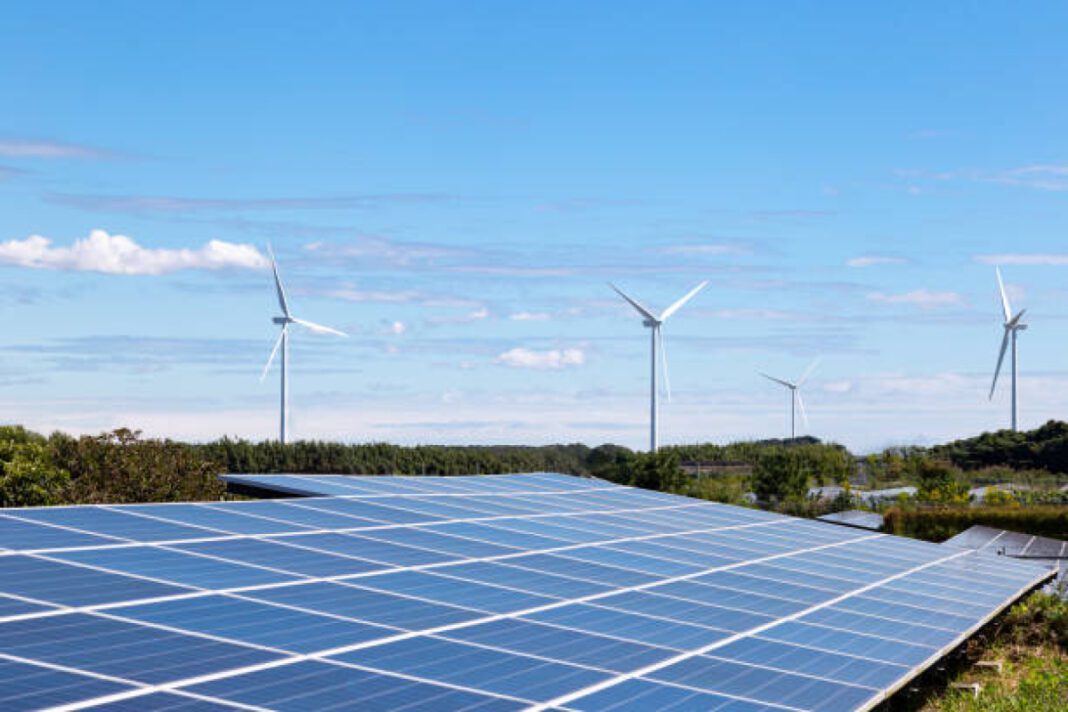Data centres, facing rising power demands driven by AI workloads, are increasingly investing in renewable energy sources. A study by Goldman Sachs highlights that a ChatGPT query requires nearly ten times the electricity of a Google search. With conventional power costs rising, data centres are shifting focus to sustainable energy, with some aiming to source up to 80% of their power from renewables.
Hiranandani Group’s Yotta plans to achieve over 80% renewable energy use within the next three to five years, while Hyderabad-based CtrlS targets 100% renewable power by 2030. Currently, Yotta obtains 30% of its power from green sources, with plans to increase this to 60% through hydro and solar plants.
Data centres predominantly rely on state-distributed coal/thermal power but are investing in their own renewable energy production. This approach ensures continuous power supply and supports their operations. For example, CtrlS has set up a solar plant in Nagpur to supply its Mumbai data centres, generating 50 MW in its first phase.
The Indian data centre industry, with a current capacity of 778 MW, is growing due to digitalization, 5G, AI, blockchain, and cloud computing. CtrlS has expanded its power generation capacity to 260 MW, reflecting a 2.5-3 times increase over the past three years.
The rise in AI workloads has led to higher power consumption, with rack power needs surging from 3-4 kW to 15-20 kW, and specialized GPU racks reaching 50-120 kW. Data centre efficiency, measured by Power Usage Effectiveness (PUE), is currently at 1.4 for CtrlS and Yotta, with improvements sought through advanced cooling techniques.
Government initiatives, including a draft Data Center policy and infrastructure status, have facilitated easier access to credit and foreign investment. Yotta plans to expand its presence in India and internationally, while CtrlS aims to establish 8-10 new edge data centres in Tier-II cities. As the sector evolves, sustainability remains a top priority.





